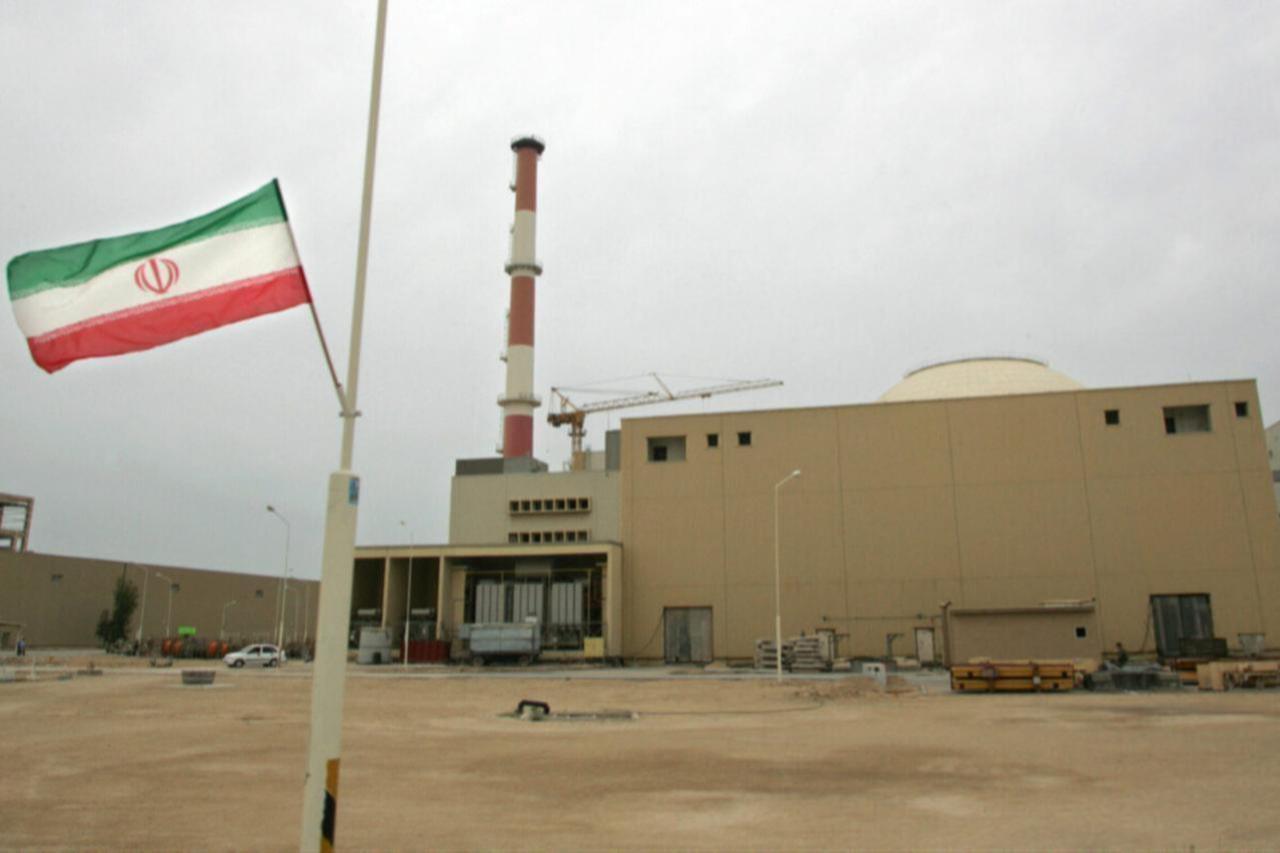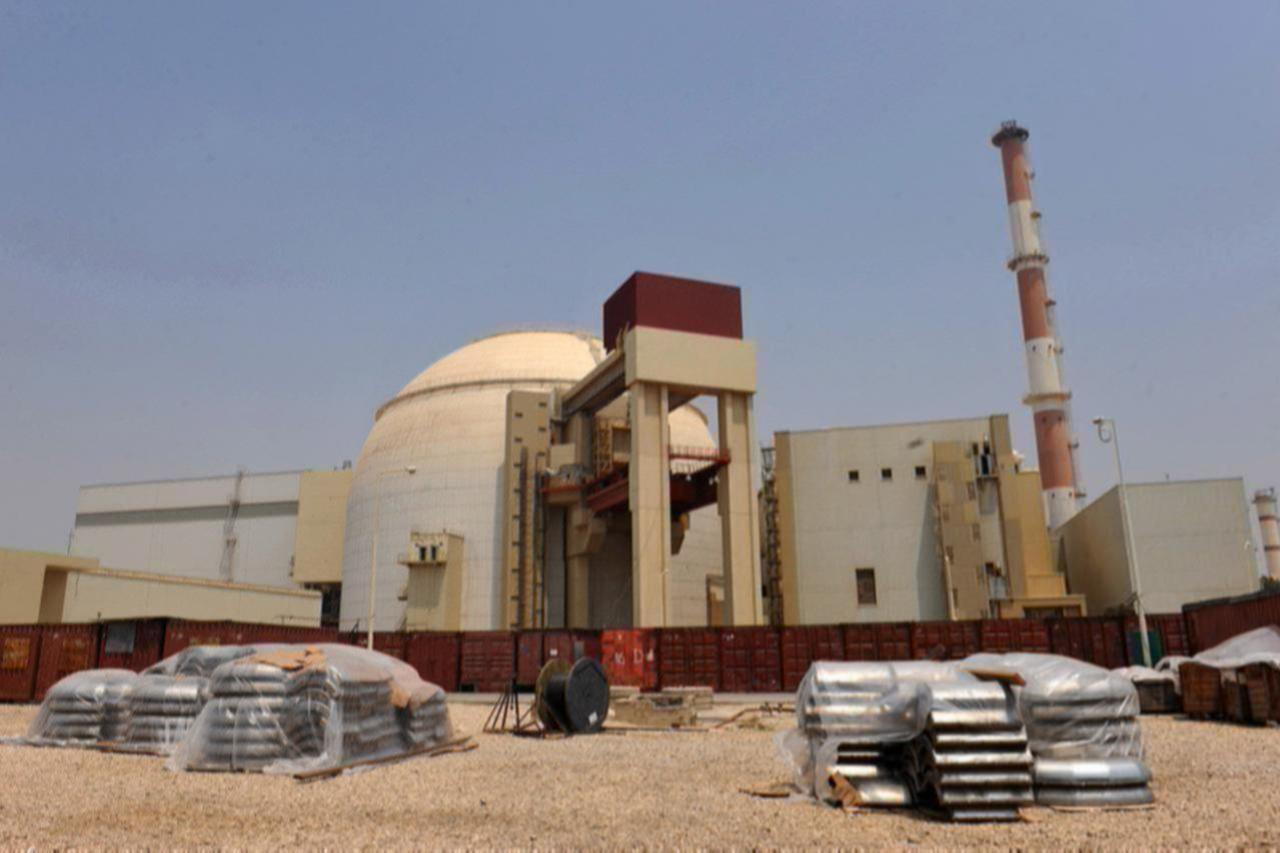
A new report published by the Center for Iranian Studies (IRAM) analyzes the strategic evolution of Iran’s missile program, arguing that it has shifted from a defensive necessity into a deterrence capability that influences regional power balances.
The report, “Iran’s Ballistic Missile Program and Capabilities,” was authored by aerospace, space, and defense policy expert Arda Mevlutoglu.
The study reviews developments from the 1980s to the present, noting that Iran’s missile program emerged under wartime conditions but evolved into a long-term military-industrial project with significant strategic weight.

According to the report, Tehran’s missile capabilities have expanded beyond a response to immediate defense needs.
Mevlutoglu argues that the program has become a tool capable of affecting regional power dynamics through qualitative deterrence.
He writes that Iran’s missile development has turned into one of the most dynamic components of the country’s national security architecture and regional power projection.

In the report’s summary section, Mevlutoglu stated, “Ultimately, Iran’s missile program is a phenomenon at the intersection of technological progress, strategic resilience, and geopolitical risks. The program, which holds a central position in Iran’s security architecture, has become a multi-dimensional issue due to its regional implications.”
The report underscores that Iran’s expanding missile capabilities continue to play a defining role in both its domestic security framework and its broader regional posture.